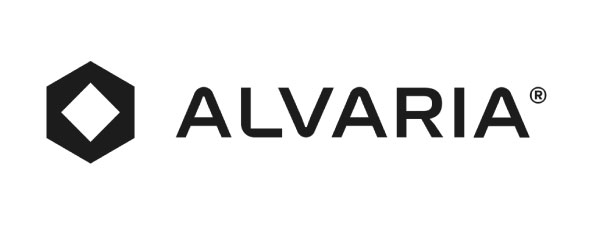At its core, data analytics for debt collection is about harnessing the vast amounts of information available to collection organizations and financial institutions. By analyzing this data, collection organizations can gain insights into consumer behavior, payment histories, and potential financial health. However, the true power of data analytics lies in its ability to tailor collection efforts to individual needs and circumstances, significantly enhancing their efficiency and effectiveness.
Segmentation: The First Step to Enhanced Collections
One of the primary applications of data analytics for debt collection is customer segmentation. This process involves dividing debtors into groups based on various factors, such as risk level, amount owed, and past payment behavior. By doing so, collection organizations can create more personalized and strategic collection approaches for each segment. High-risk individuals might be approached differently compared to those who have temporarily fallen behind due to unforeseen circumstances. This level of customization increases the chances of successful collection and fosters a more positive relationship between the debtor and collector.
Scoring Models: Predicting Payment Probabilities
Another aspect of leveraging data analytics for debt collection is the development of scoring models. These models predict a debtor’s likelihood of repaying based on their credit history, current financial situation, and a multitude of other variables. By prioritizing individuals with a higher propensity to pay, collection organizations can allocate their resources more efficiently, focusing their efforts where they’re most likely to yield results.
Predicting Consumer Behavior: The Next Frontier
Perhaps the most exciting advancement in data analytics for debt collection is the ability to predict consumer behavior. Through sophisticated algorithms and machine learning models, organizations can anticipate future payment issues before they occur, enabling preemptive action. This not only helps in mitigating risk but also allows for the implementation of supportive measures for debtors, potentially avoiding the need for collection activities altogether.
The integration of data analytics into debt collection strategies enables more personalized, efficient, and proactive approaches. It not only benefits collections organizations and creditors but also helps consumers manage their debts more effectively. As technology continues to evolve, the potential for data analytics in improving debt collection outcomes only grows, heralding a new era of financial management and consumer relations.
At TEC Services Group, we believe that leveraging data analytics for debt collection is not just about improving financial outcomes—it’s about creating a more empathetic, efficient, and practical approach to debt management that benefits everyone involved. For over 25 years, TEC Services Group has brought real solutions to our clients’ most pressing business problems. Since the beginning, our team has been highly focused on providing consulting, services, and programming to those who need help with managing their complex receivable management platforms. If you’re ready to get the help your organization needs, it starts with a simple phone call: 941.375.0300.







